
Deutsch-Chinesische Enzyklopädie, 德汉百科
 Chūbu
Chūbu

 Alberta-AB
Alberta-AB
 Argentina
Argentina
 Australia
Australia

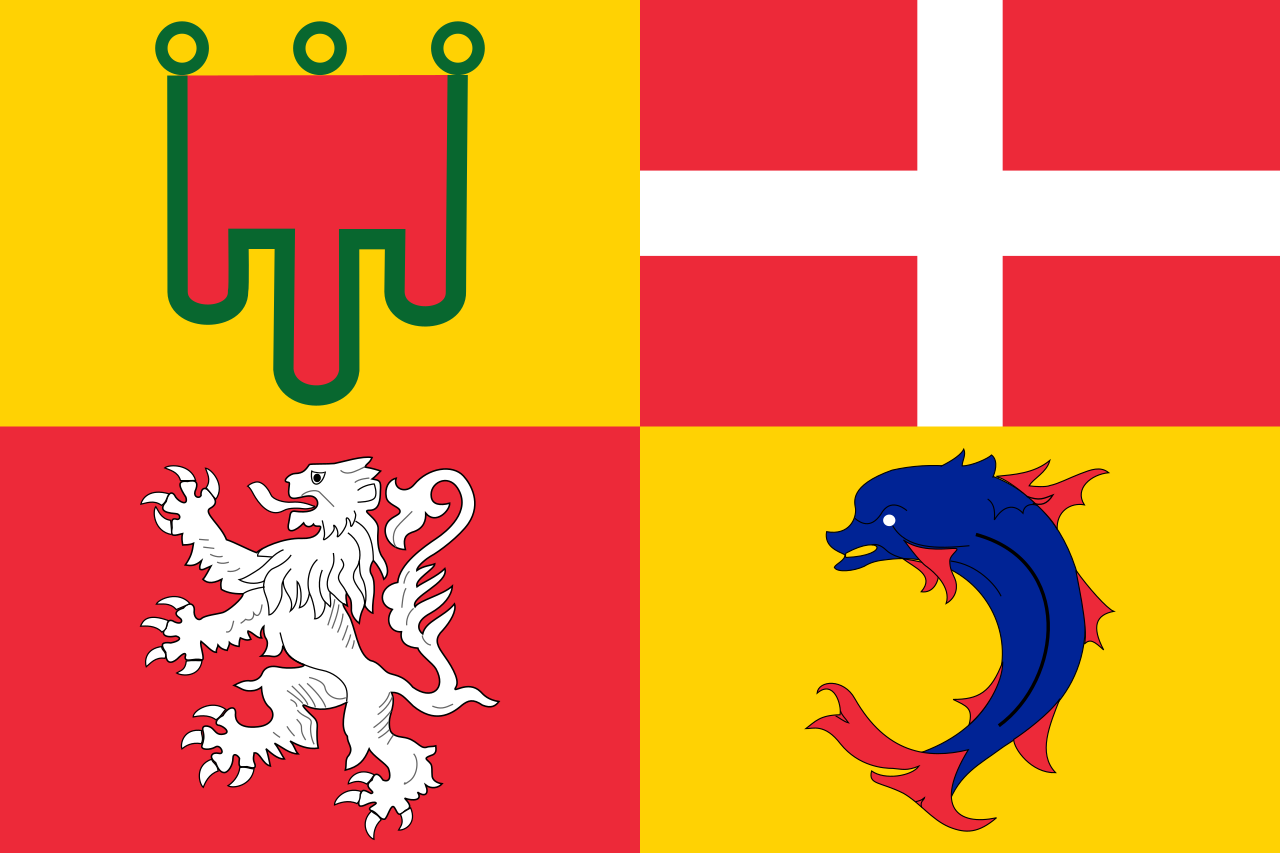 Auvergne-Rhône-Alpes
Auvergne-Rhône-Alpes

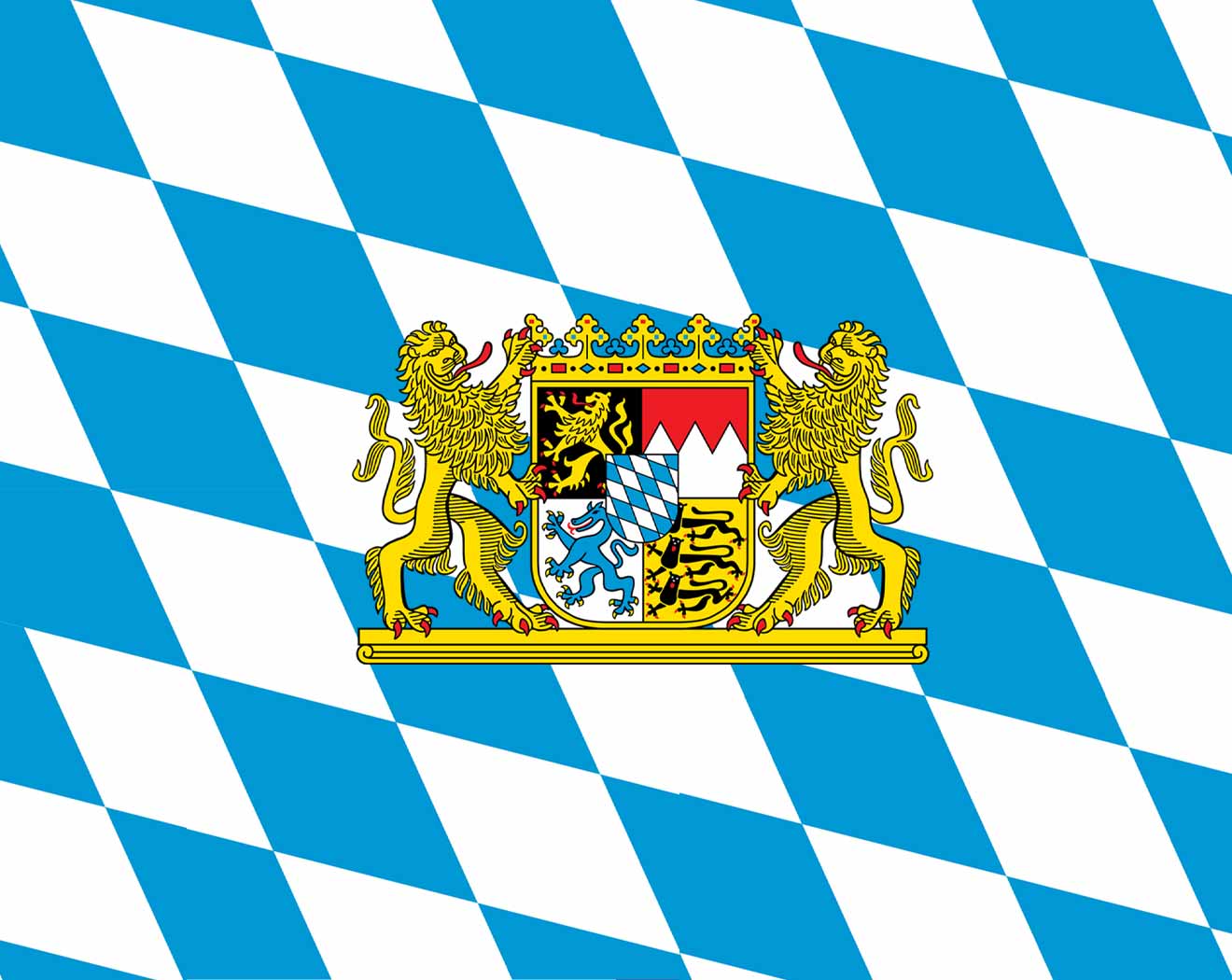 Bavaria
Bavaria
 Beijing Shi-BJ
Beijing Shi-BJ

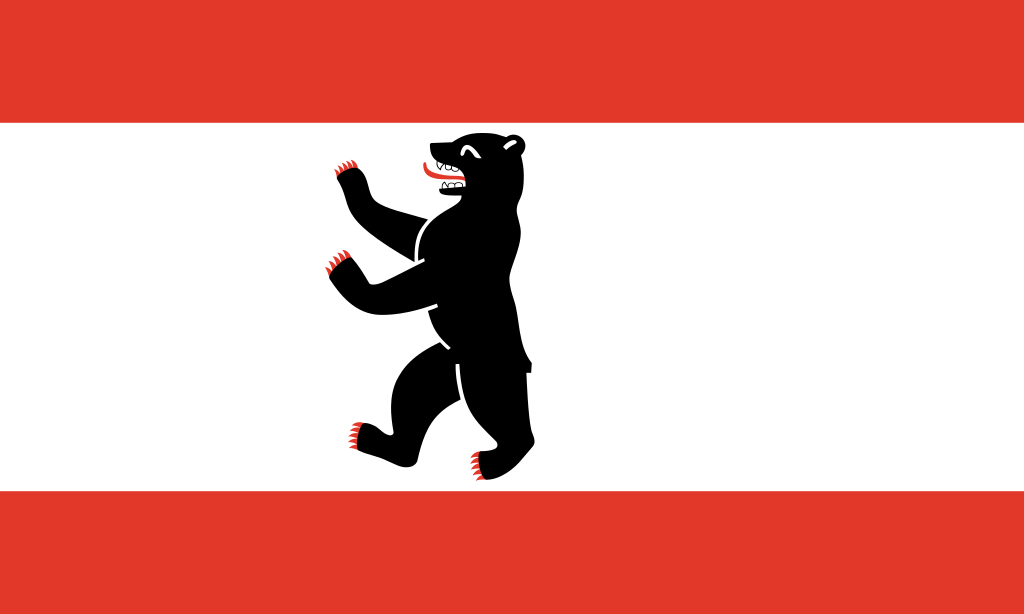 Berlin
Berlin
 Bosnia Herzegovina
Bosnia Herzegovina
 Brazil
Brazil

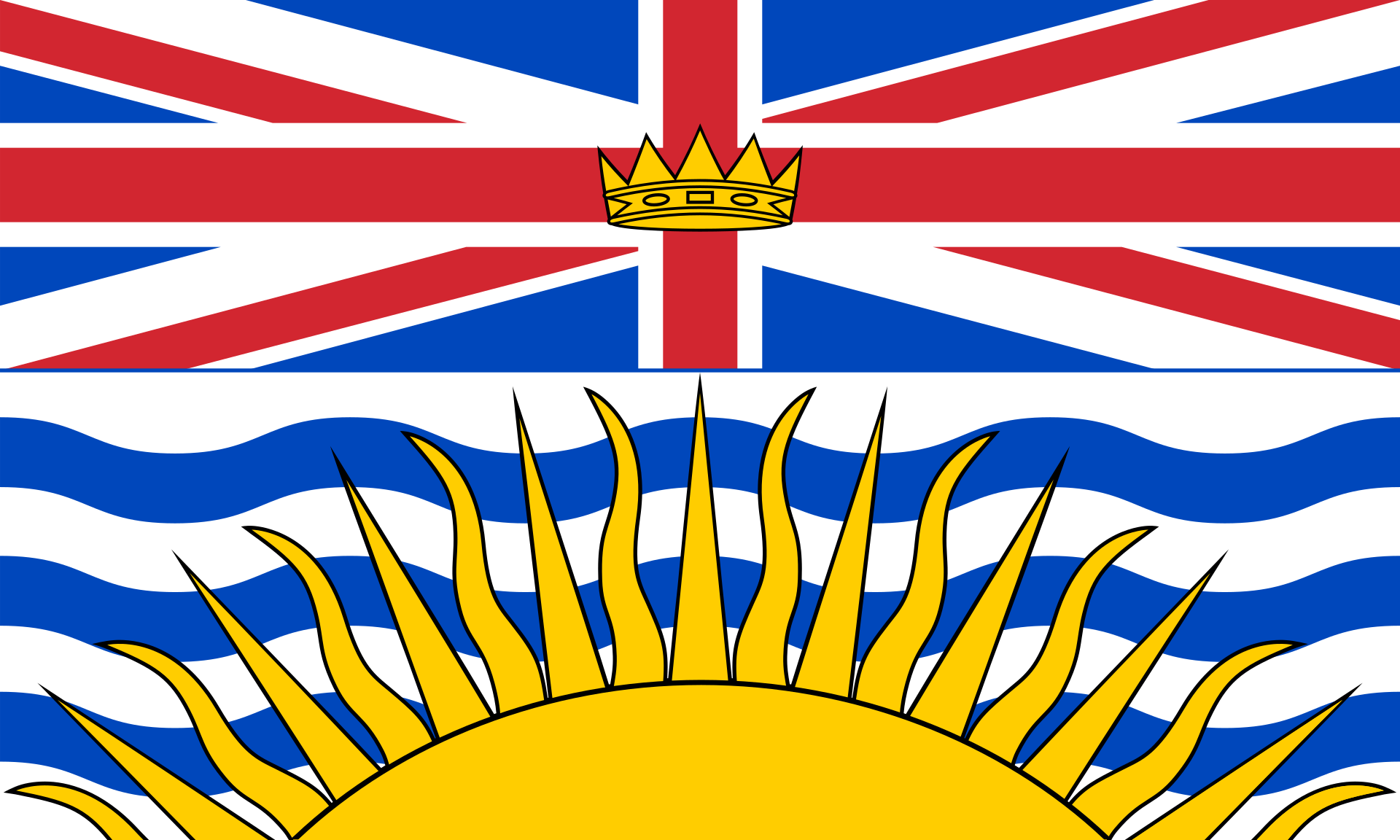 British Columbia-BC
British Columbia-BC

 California-CA
California-CA

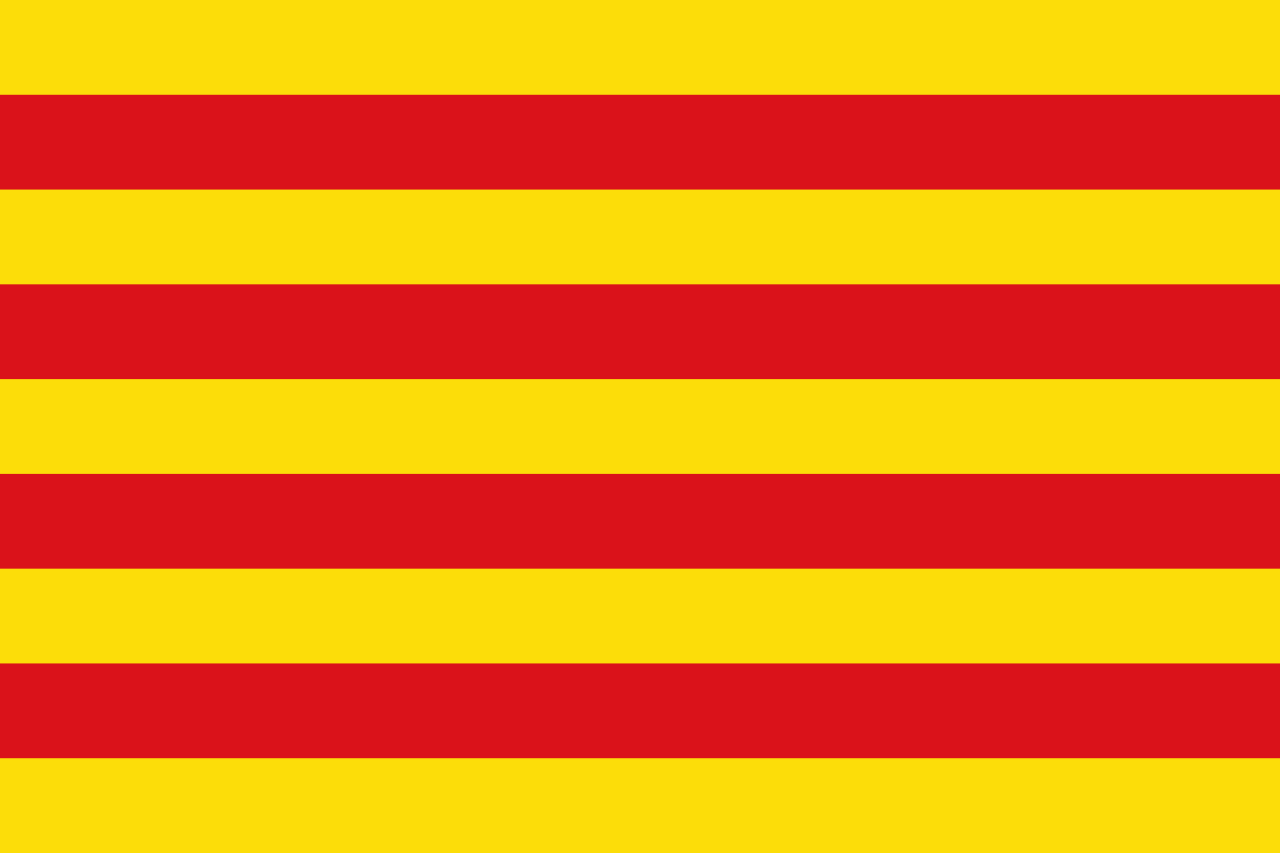 Cataluña
Cataluña
 China
China
 Chūbu
Chūbu
 Germany
Germany
 England
England
 France
France

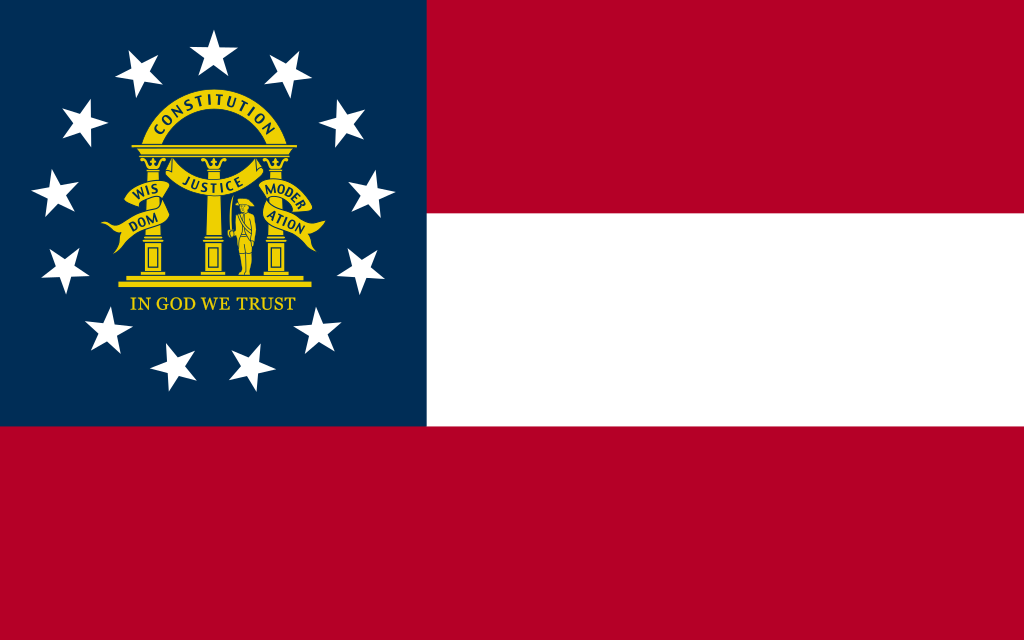 Georgia-GA
Georgia-GA
 Greece
Greece
 Hokkaidō
Hokkaidō

 Ile-de-France
Ile-de-France
 Italy
Italy
 Japan
Japan
 Jiangsu Sheng-JS
Jiangsu Sheng-JS
 Canada
Canada
 Kantō
Kantō

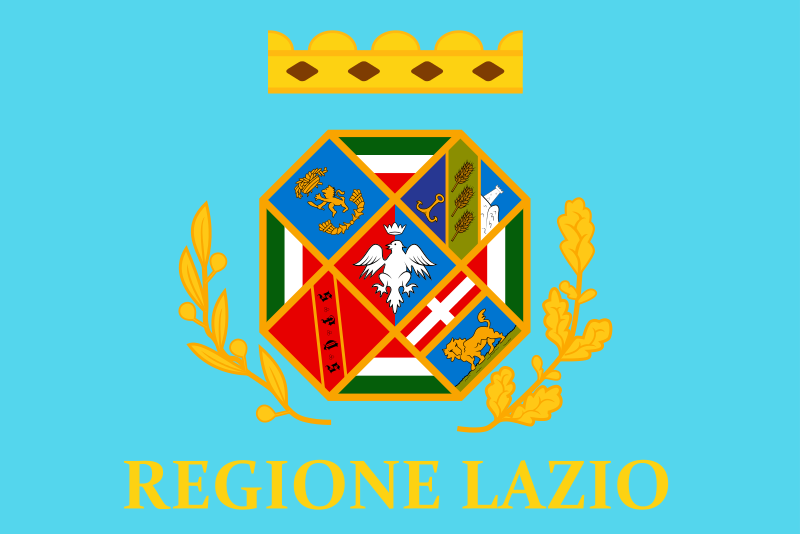 Lazio
Lazio

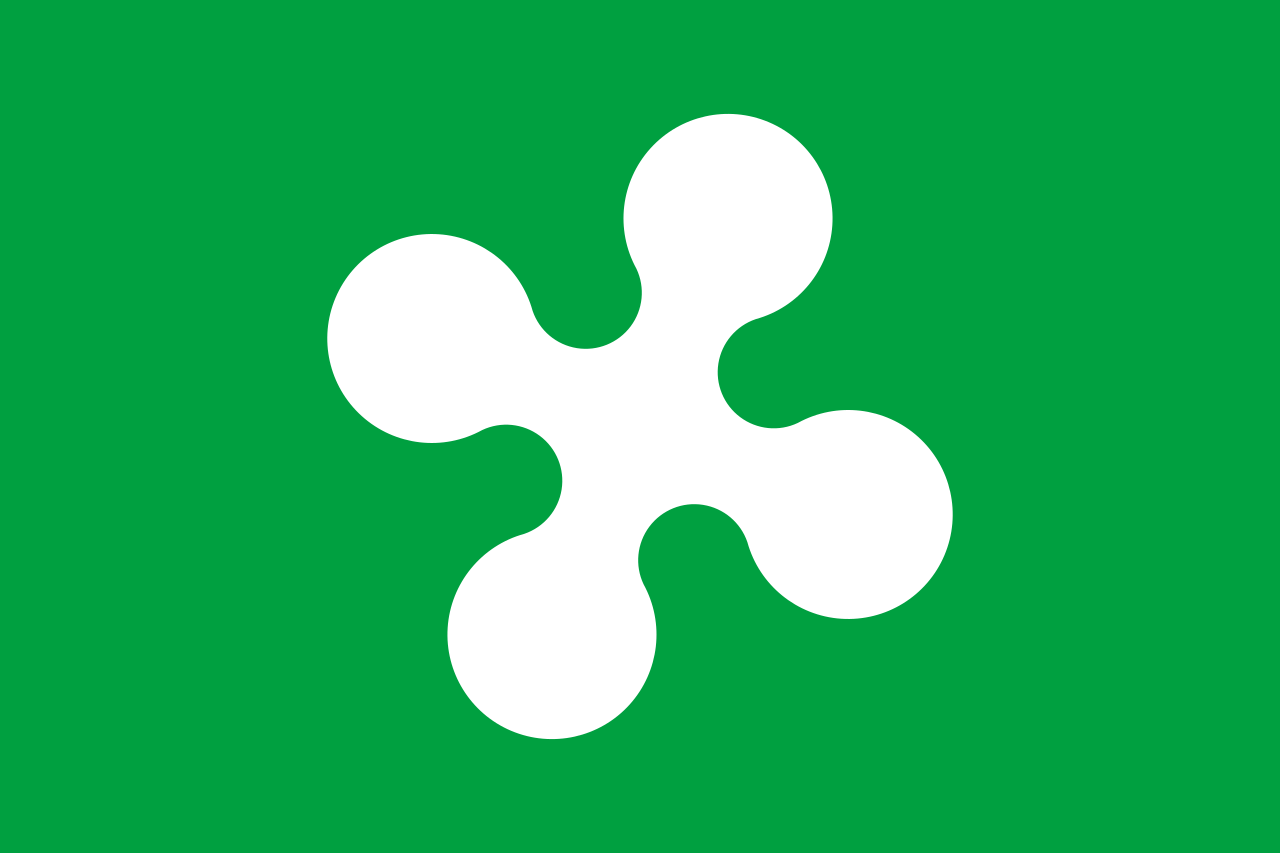 Lombardia
Lombardia
 Mexico
Mexico

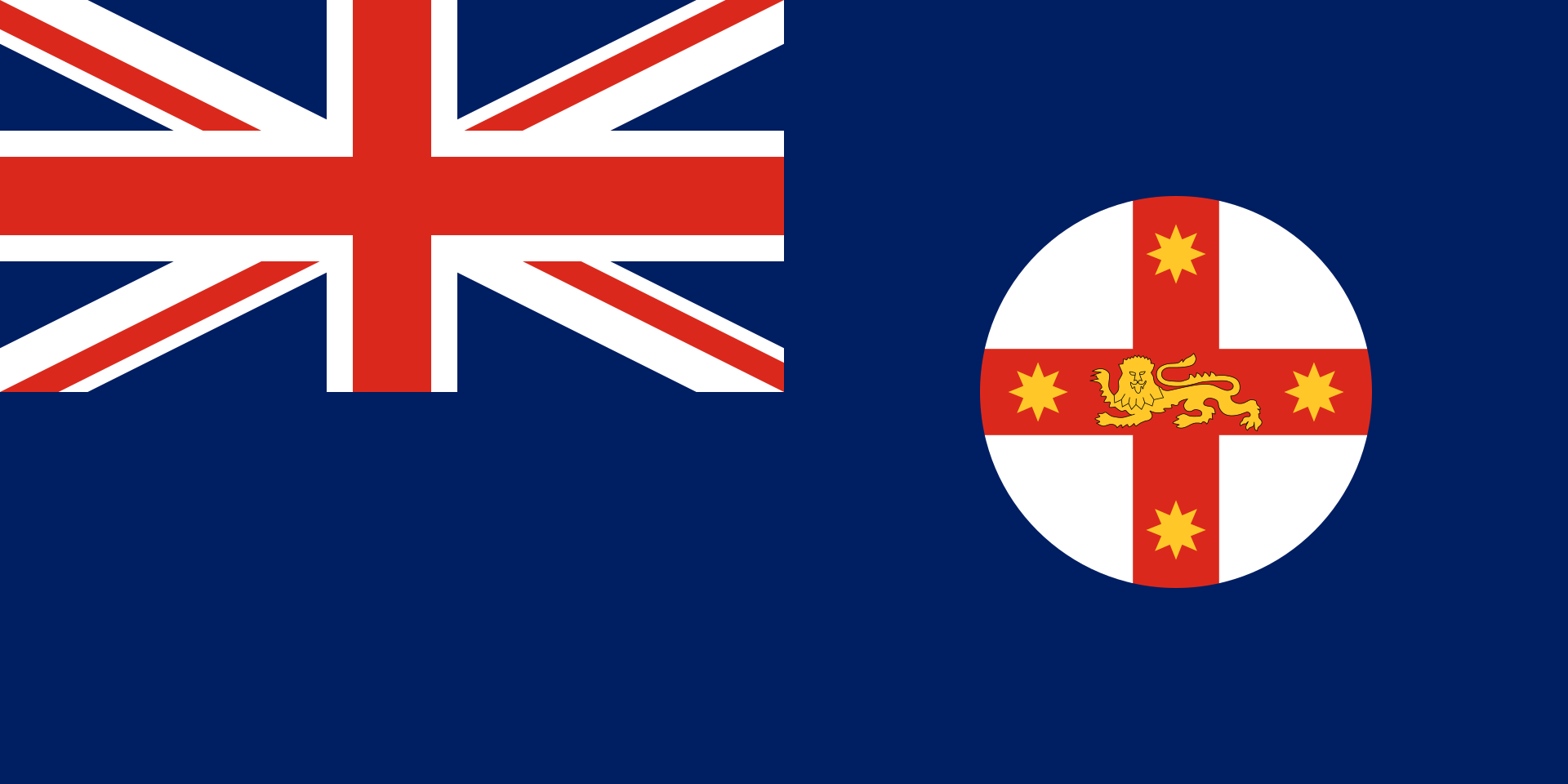 New South Wales-NSW
New South Wales-NSW

 New York-NY
New York-NY
 Norwegen
Norwegen
 Austria
Austria

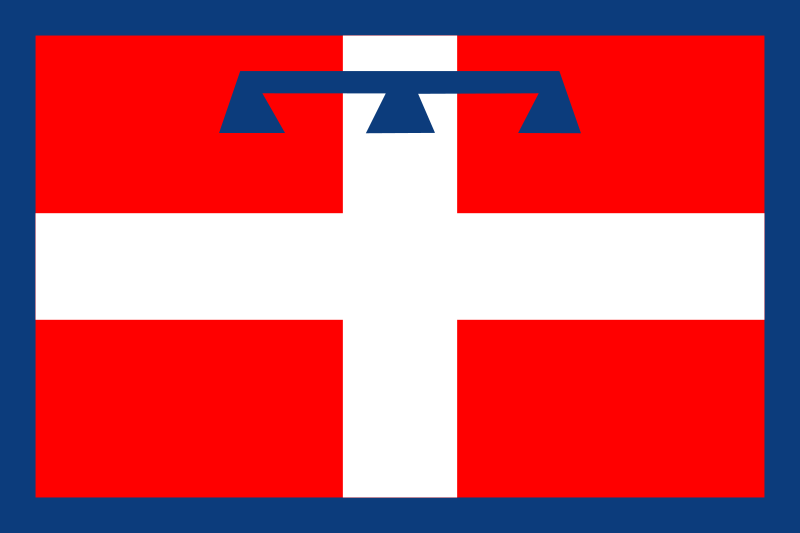 Piemonte
Piemonte

 Quebec-QC
Quebec-QC

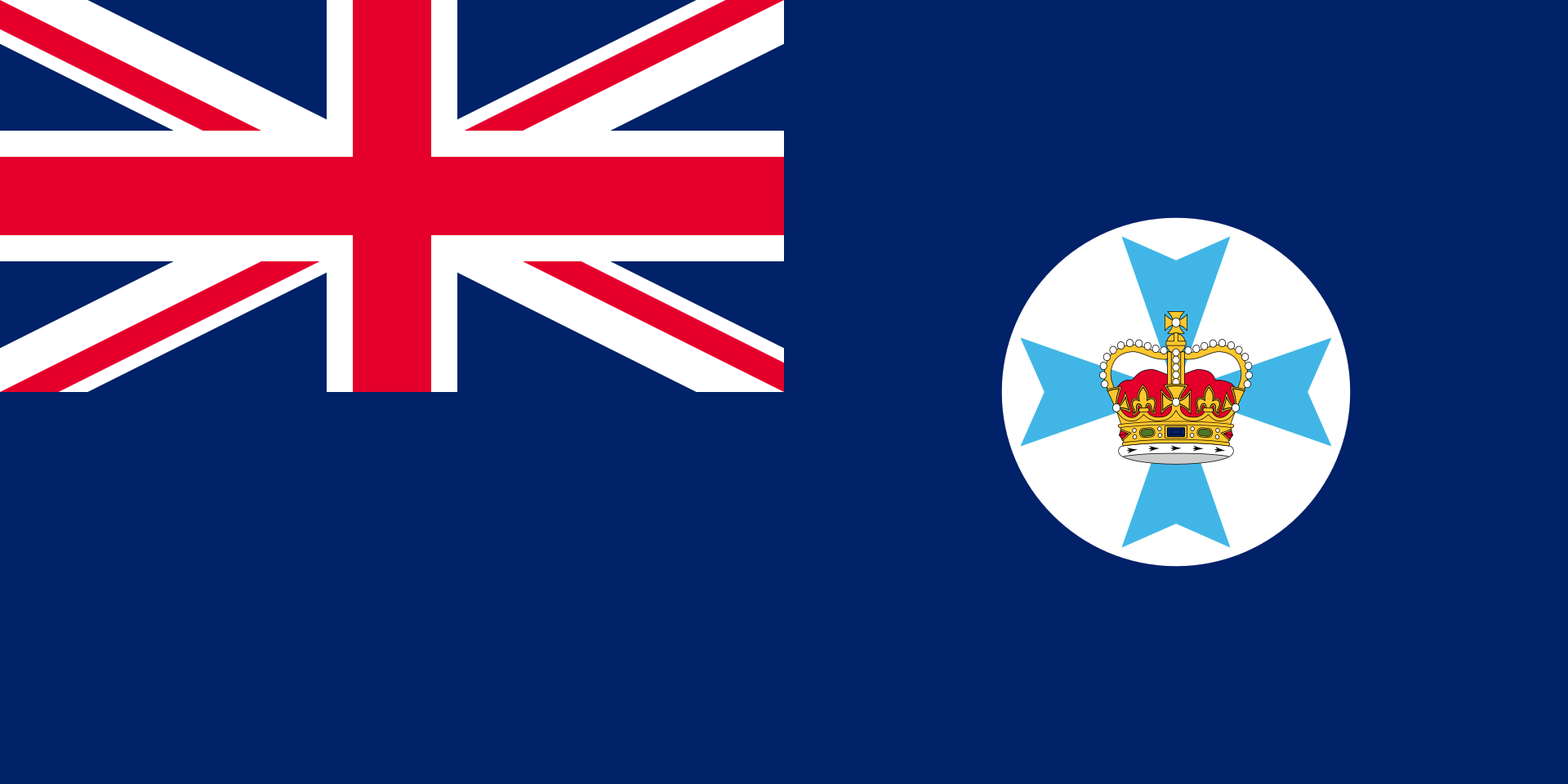 Queensland-QLD
Queensland-QLD
 Republic of Korea
Republic of Korea
 Rio de Janeiro
Rio de Janeiro
 Russia
Russia
 Switzerland
Switzerland
 Senegal
Senegal
 Singapore
Singapore
 Spain
Spain

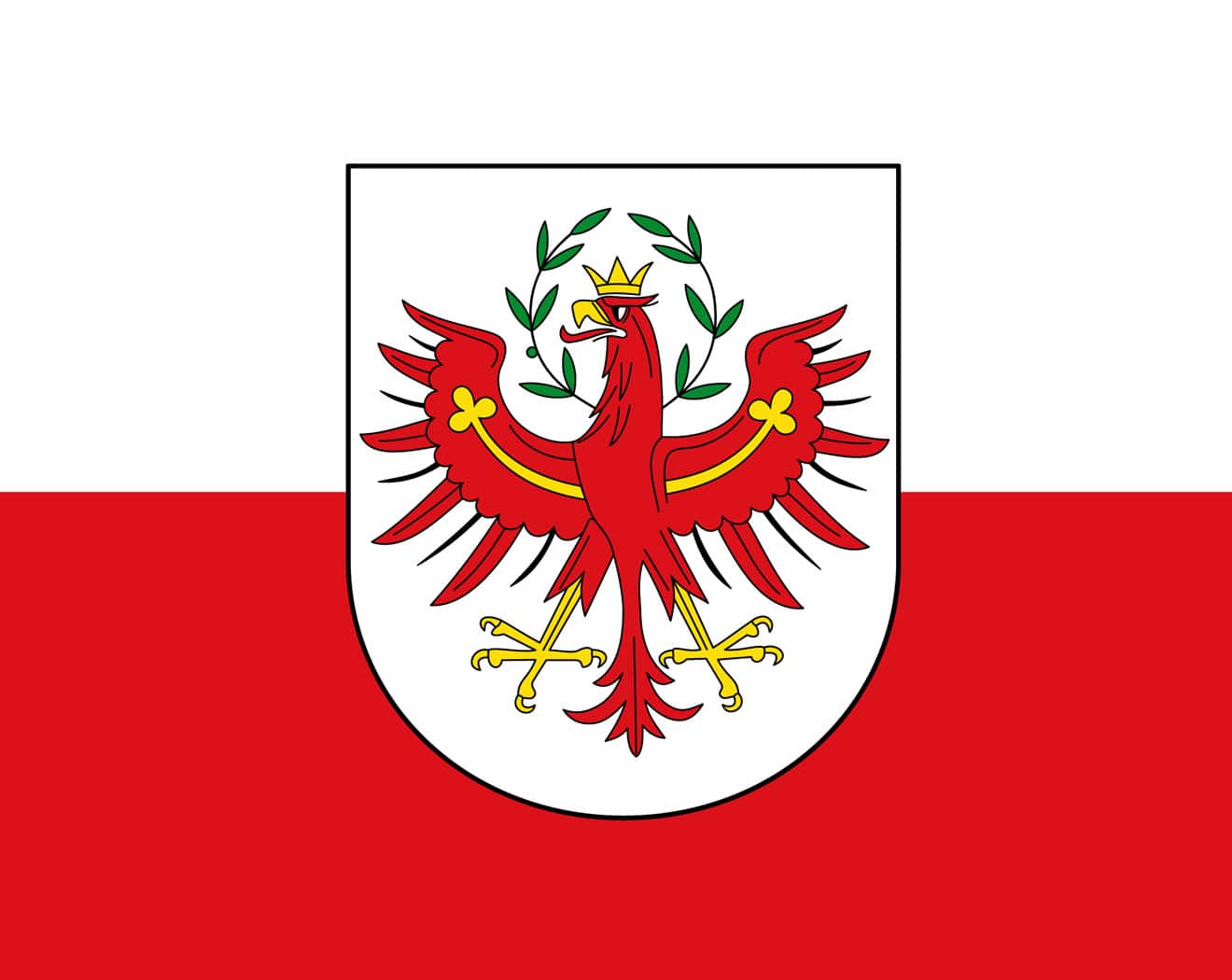 Tyrol
Tyrol

 Utah-UT
Utah-UT
 United States
United States
 United Kingdom
United Kingdom

| 奥林匹克圣歌 | ||
|---|---|---|
| 希腊文歌词 | 英文歌词 | 中文歌词 |
| Αρχαίο Πνεύμ' αθάνατο, αγνέ πατέρα του ωραίου, του μεγάλου και τ'αληθινού, κατέβα, φανερώσου κι άστραψ'εδώ πέρα στην δόξα της δικής σου γης και τ'ουρανού. |
Immortal spirit of antiquity, Father of the true, beautiful and good, Descend, appear, shed over us thy light Upon this ground and under this sky Which has first witnessed thy unperishable fame. |
古代不朽之神, 美丽、伟大而正直的圣洁之父。 祈求降临尘世以彰显自己, 让受人瞩目的英雄在这大地苍穹之中, 作为你荣耀的见证。 |
| Στο δρόμο και στο πάλεμα και στο λιθάρι, στων ευγενών Αγώνων λάμψε την ορμή, και με τ' αμάραντο στεφάνωσε κλωνάρι και σιδερένιο πλάσε κι άξιο το κορμί. |
Give life and animation to those noble games! Throw wreaths of fadeless flowers to the victors In the race and in the strife! Create in our breasts, hearts of steel! |
请照亮跑步、角力与投掷项目, 这些全力以赴的崇高竞赛。 把用橄榄枝编成的花冠颁赠给优胜者, 塑造出钢铁般的躯干。 |
| Κάμποι, βουνά και θάλασσες φέγγουν μαζί σου σαν ένας λευκοπόρφυρος μέγας ναός, και τρέχει στο ναό εδώ, προσκυνητής σου, Αρχαίο Πνεύμ' αθάνατο, Kάθε λαός. |
In thy light, plains, mountains and seas Shine in a roseate hue and form a vast temple To which all nations throng to adore thee, Oh immortal spirit of antiquity! |
溪谷、山岳、海洋与你相映生辉, 犹如以色彩斑斓的岩石建成的神殿。 这巨大的神殿, 世界各地的人们都来膜拜, 啊!永远不朽的古代之神。 |
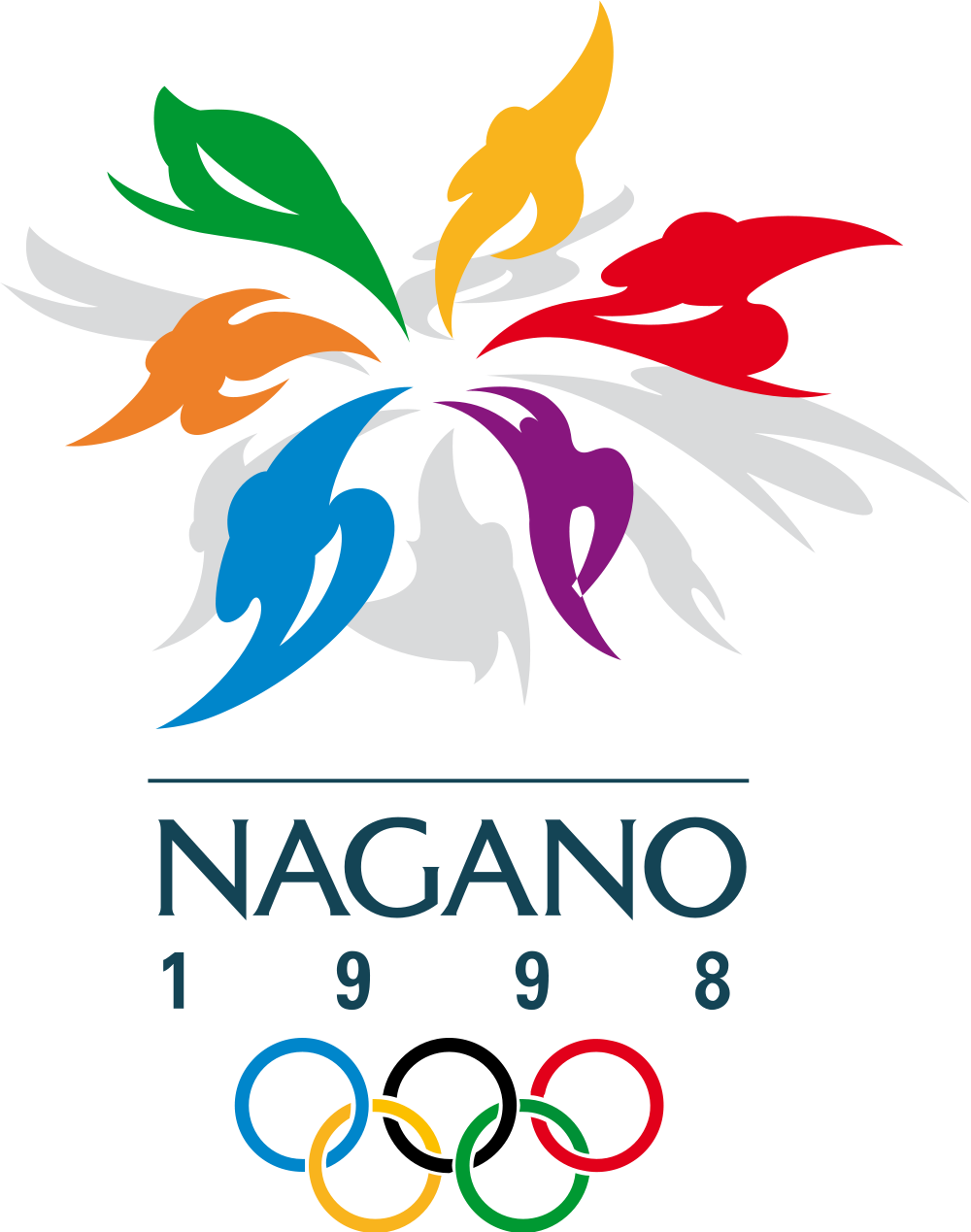



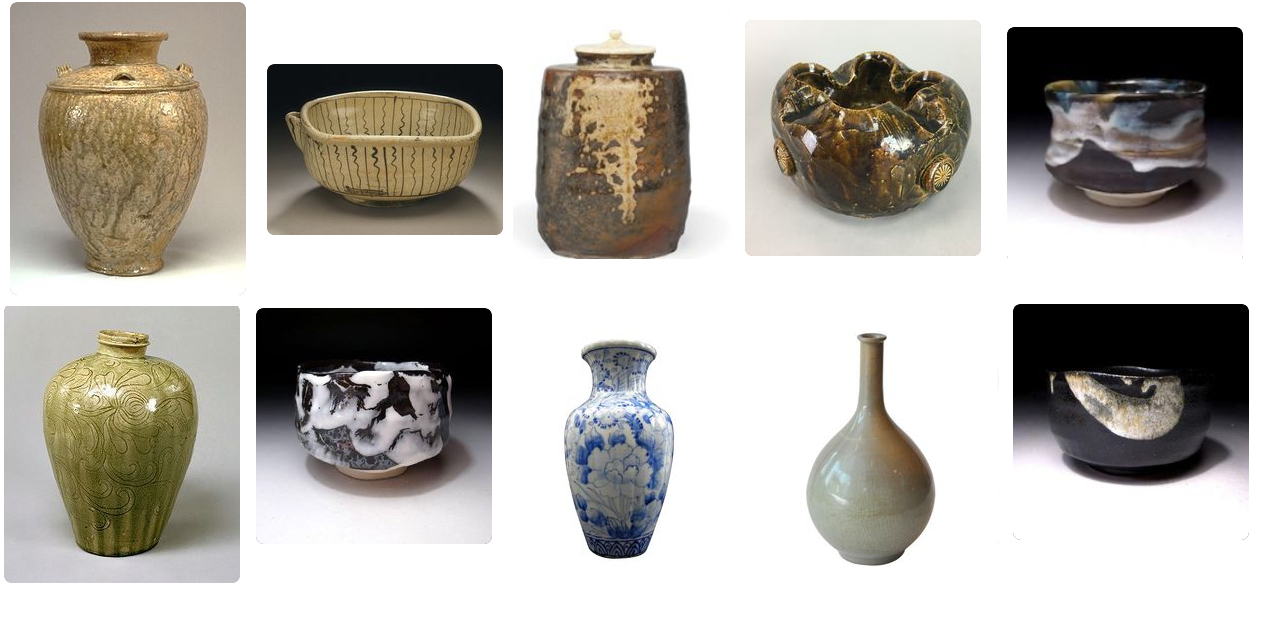
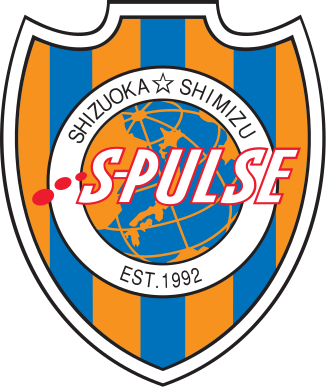


 Chūbu
Chūbu
 Chūgoku
Chūgoku
 Hokkaidō
Hokkaidō
 Japan
Japan
 Kantō
Kantō
 Kinki
Kinki
 Kyūshū
Kyūshū
 Shikoku
Shikoku
 Shinkansen
Shinkansen
 500
500
 Shinkansen
Shinkansen
 700
700
 Shinkansen
Shinkansen
 700T
700T
 Shinkansen
Shinkansen
 800
800
 Shinkansen
Shinkansen
 CRH2
CRH2
 Shinkansen
Shinkansen
 E2
E2
 Shinkansen
Shinkansen
 E3
E3
 Shinkansen
Shinkansen
 E4
E4
 Shinkansen
Shinkansen
 E5
E5
 Shinkansen
Shinkansen
 E6
E6
 Shinkansen
Shinkansen
 E7
E7
 Shinkansen
Shinkansen
 N700
N700
 High speed train technology
High speed train technology
 Rad-Schiene-System
Rad-Schiene-System
 High speed train technology
High speed train technology
 Distributed Drive
Distributed Drive
 Tōhoku
Tōhoku

 Transport and traffic
Transport and traffic
 High speed traffic
High speed traffic

 Transport and traffic
Transport and traffic
 High speed train technology
High speed train technology
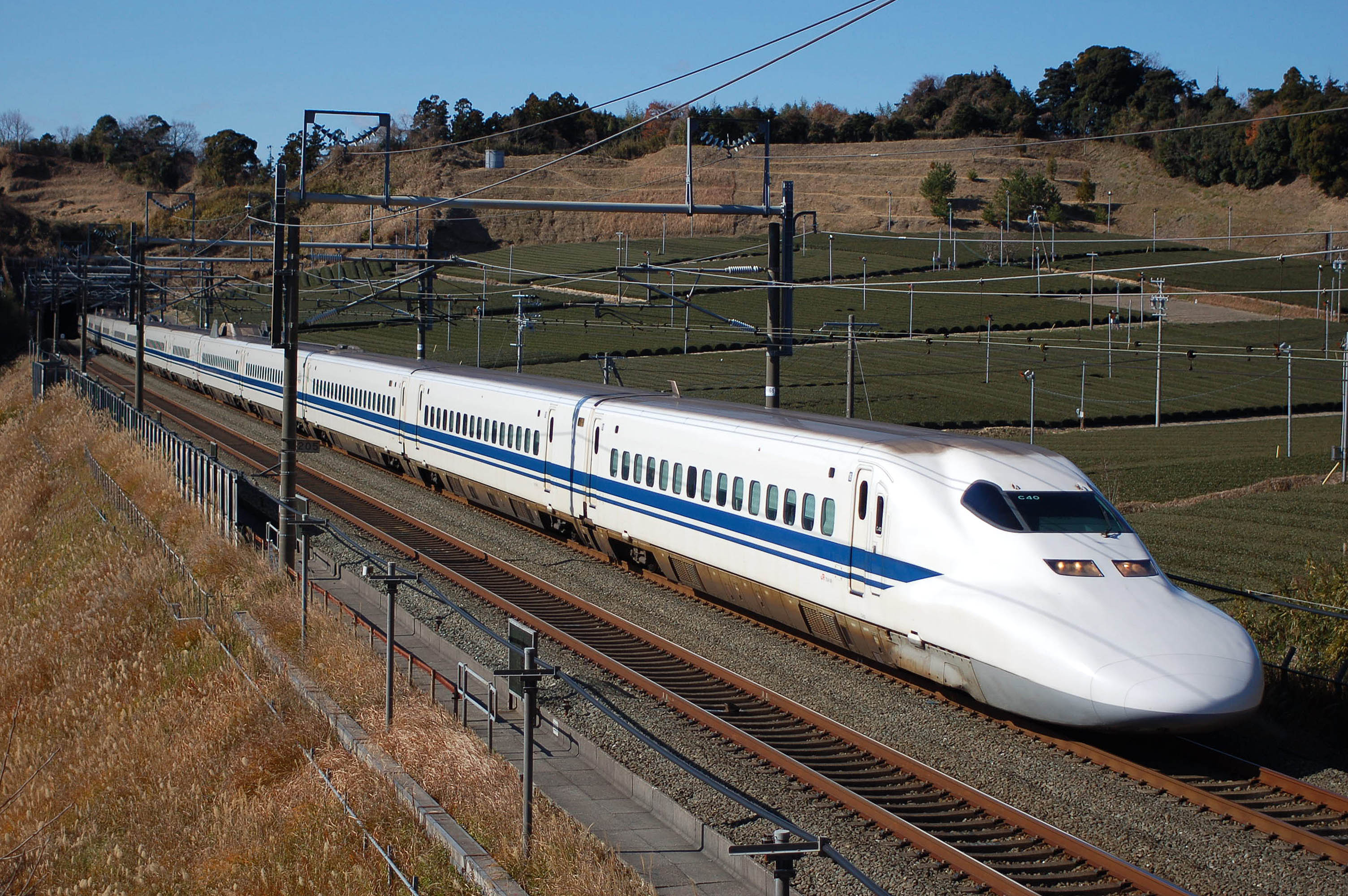
新干线(日语:新幹線/しんかんせん Shinkansen */?)是日本的高速铁路系统,也是全世界第一个投入商业营运的采用标准轨(1435mm)的纯客运高速铁路系统。第一条路线是连结东京与大阪之间的东海道新干线,于东京奥运开幕前的1964年10月1日通车营运。经过多年扩展,目前有10条路线,其中包含2条路线较短的“迷你新干线”,将日本大多数的重要都市连结起来。最初由日本国有铁道研发与营运,国铁分割民营化后由JR集团接续,目前由JR北海道、JR东日本、JR东海、JR西日本、JR九州等5家JR公司提供服务。
新干线是以同时适合快速及大量运输而设计,因而其建造与营运技术均有别于传统铁路,例如全面采用动力分散式列车、轨道全面采用立体交叉[1]、首创列车自动控制系统[2]等。最短可以3分钟的班距运行。除了迷你新干线之外,列车运行最高车速依路线可达到每小时240至320公里,但在进行速度测试时,曾创下每小时443公里的最高纪录(由“300X”实验列车在1996年所创下)。身为日本铁路技术居于世界顶尖的重要象征,新干线的技术也向海外输出,如台湾高铁及施工中的印度高速铁路;做为系统基础而采用新干线系统部分技术的有英国、中国大陆、美国德州等地的高速铁路。
Shinkansen (jap. 新幹線, [ɕĩŋkaãsẽɴ], dt. „neue Stammstrecke“) ist sowohl der Name des Streckennetzes japanischer Hochgeschwindigkeitszüge der verschiedenen JR-Gesellschaften als auch der Züge selbst.
Im ursprünglichen Sinn ist Shinkansen der Name des ab 1964 eingeführten regelspurigen Schnellfahrstreckennetzes und nicht der Züge selbst. Er wird gebildet aus den Schriftzeichen shin (新) für „neue“, kan (幹) für „Stamm/Haupt-“, sen (線) für „Strecke, Linie“ und bezeichnet damit die Rückgratfunktion für das übrige Eisenbahnnetz, über das die japanischen Großstädte mit einer Höchstgeschwindigkeit von bis zu 320 km/h verbunden werden. Tatsächlich wird der Begriff aber auch synonym für die Züge verwendet und subsumiert dabei unterschiedliche Baureihen und die in Japan üblichen Namen für die angebotenen Expresszugverbindungen.
 Chūbu
Chūbu
 Chūgoku
Chūgoku
 Hokkaidō
Hokkaidō
 Japan
Japan
 Kantō
Kantō
 Kinki
Kinki
 Kyūshū
Kyūshū
 Shikoku
Shikoku
 Tōhoku
Tōhoku

 Transport and traffic
Transport and traffic
 High speed traffic
High speed traffic



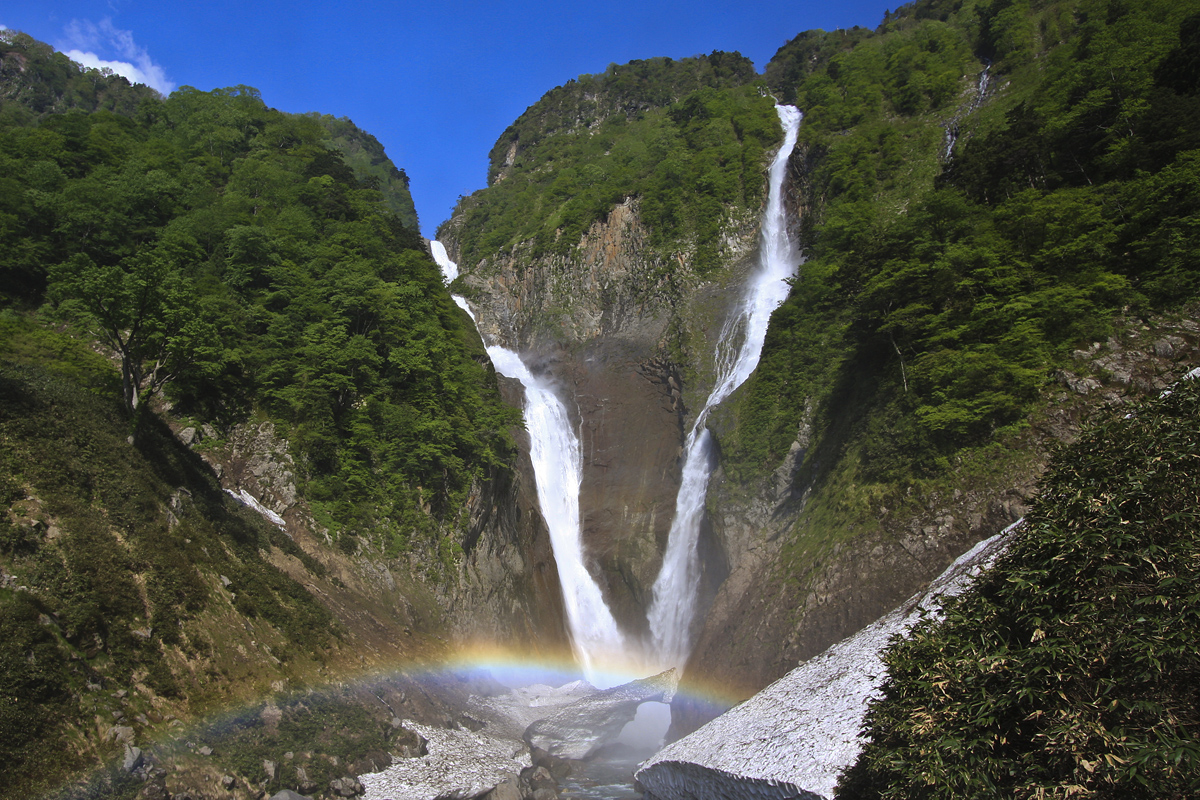
 Sport
Sport
 Architecture
Architecture
 Ships and Nautics
Ships and Nautics

 IT-Times
IT-Times
 Companies
Companies
 Science and technology
Science and technology
 Art
Art
 History
History
 Life and Style
Life and Style
 World Heritage
World Heritage
 Eat and Drink
Eat and Drink
 Geography
Geography